The AI Builder Revolution: Powerful Tools, but Still Need the Right Craftsperson

The software development world is buzzing with excitement about AI-powered site builders and development tools. From Lovable to Cursor, these platforms promise to democratise software creation and potentially transform how we build digital products. But before we get carried away with the hype, let's take a measured look at where these tools truly excel and where they still fall short.
The Carpentry Workshop Analogy
I recently came across a great analogy from Fractional Matt that perfectly captures the current state of AI development tools. He compared using these platforms to purchasing top-of-the-line power tools from B&Q and expecting to immediately craft beautiful furniture. The tools are undoubtedly impressive and make certain tasks easier, but they don't automatically bestow craftsmanship upon the user.
This comparison resonates deeply with our experience at TSD. We've integrated tools like Lovable and Cursor into our workflow, and they're genuinely useful additions to our toolkit. However, they're precisely that: tools in the hands of experienced craftspeople, not replacement craftspeople themselves.
Where AI Builders Truly Shine
The real value of these AI development platforms isn't in replacing software development teams; it's in revolutionising how we bridge the gap between client vision and technical execution. For decades, one of our most valuable skills has been extracting what clients actually need from what they think they want. This process of requirements gathering and specification has traditionally relied heavily on documentation, wireframes, and lengthy discovery sessions.
AI builders have changed this dynamic in fascinating ways. We've found that clients often feel more comfortable describing their requirements when they can immediately see and interact with a working prototype. There's something powerful about being able to say "yes, that's right" or "no, more like this" while manipulating a functional interface rather than staring at static mockups.
This shift has created an unexpected benefit: better knowledge transfer from project sponsors to development teams. When clients can rapidly iterate on a proof of concept using these tools, the resulting product requirements document becomes far more precise and actionable.
The Reality Check: Where Tools Hit Their Limits
However, Matt's TikTok video highlighted a crucial limitation we've observed firsthand. While AI builders excel at creating impressive demos and prototypes, they struggle with the messy, non-linear journey toward product-market fit. The path to successful software isn't a straight line—it's more like navigating a complex maze where agility and strategic pivots are essential.
This is where the craftsmanship element becomes indispensable. When technical debt accumulates, performance optimisation becomes critical, or when you need to integrate with complex existing systems, the limitations of AI-generated code become apparent. The subtle nuances of software architecture, security considerations, and scalability planning still require human expertise and strategic thinking.
TSD's Strategic Approach: Best of Both Worlds
At TSD, we've found the sweet spot by treating AI builders as powerful prototyping and requirements gathering tools rather than complete development solutions. Here's how we're leveraging them strategically:
Rapid Prototyping: We use AI builders to quickly create functional prototypes that help clients visualise their ideas and secure budget approval. This approach dramatically reduces the time between concept and stakeholder buy-in.
Enhanced Discovery: AI-generated prototypes' interactive nature facilitates much richer discovery sessions. Clients can experiment with functionality in real time, leading to more accurate requirements and fewer surprises during development.
Technical Specification: We use the AI-generated code as a detailed technical specification, extracting the business logic and user flows to inform our proper development approach.
Client Communication: These tools provide an excellent common language between technical and non-technical stakeholders, reducing misunderstandings and scope creep.
The Craftsmanship Multiplier Effect
The most significant benefit we've discovered is that AI builders don't replace skilled developers; they amplify their capabilities. When our development team starts with a well-prototyped concept, they can focus on the high-value activities: optimal architecture design, performance optimisation, security implementation, and creating maintainable, scalable code.
Consider it the difference between a carpenter who spends hours measuring and planning versus one who can immediately start with precise templates. Fundamental woodworking skills remain essential, but the gains in efficiency are substantial.
Looking Forward: Evolution, Not Revolution
The AI development tool space is evolving rapidly, and we're watching with great interest. While current tools aren't ready to replace comprehensive software development, they're already proving invaluable for specific use cases. The key is understanding their strengths and limitations and applying them strategically within a broader development methodology.
At TSD, we're positioning ourselves at the forefront of this evolution, not by abandoning traditional development expertise, but by thoughtfully integrating these new capabilities into our proven methodologies. This approach ensures our clients benefit from cutting-edge tools while maintaining the quality, security, and scalability they need for long-term success.
The Bottom Line
AI development tools are genuinely exciting and will continue to transform our industry. However, successful software projects still require the same fundamental elements they always have: precise requirements, sound architecture, quality implementation, and ongoing strategic guidance.
The difference is that we can now achieve these goals more efficiently and with better client collaboration than ever before. For businesses considering their next software project, the question isn't whether to use AI tools: it's whether your development partner understands how to leverage them effectively while maintaining the craftsmanship that ensures your project's success.
Interested in how TSD can help you navigate the evolving software development landscape? Let's discuss how we can leverage both cutting-edge AI tools and proven development expertise for your next project.
